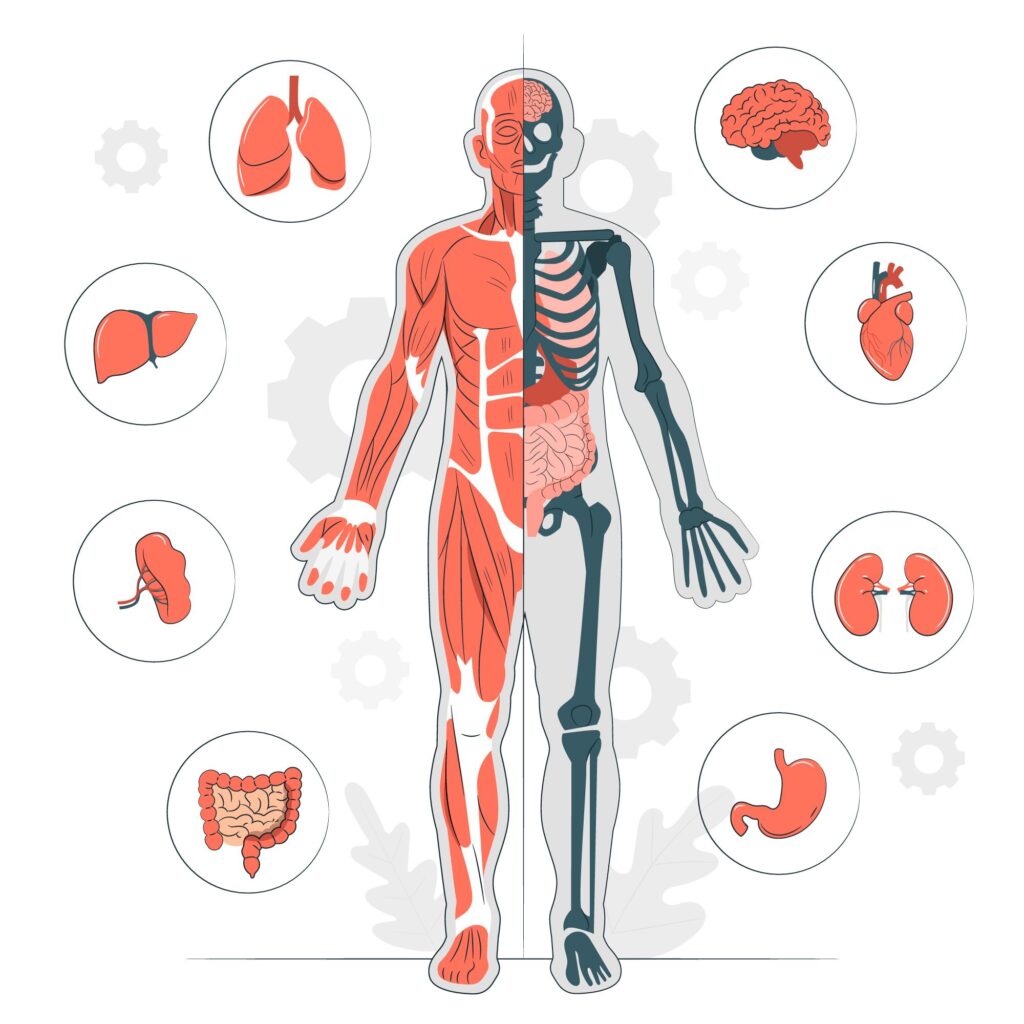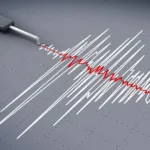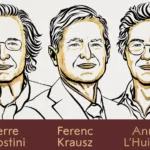weird and interesting facts about the human body
- Goosebumps: When tiny muscles at hair follicle bases contract, the hair stands on end. Cold temps or strong emotions trigger this, a remnant from our ancestors.
- Taste Map Myth: The idea of specific tongue areas for tastes (e.g., sweet front, bitter back) is false. Taste receptors are spread across the tongue.
- Fingerprints: Even identical twins boast unique fingerprints, shaped during fetal development by factors like womb pressure.
- Blue Eyes: Originally, all had brown eyes due to melanin. Blue eyes result from less melanin in the iris front, scattering light to appear blue.
- Hiccup Mystery: Hiccups are diaphragm muscle contractions, separating the chest and abdomen. Their exact cause isn’t fully known; triggers include quick eating or air swallowing.
Here’s a list of more strange and captivating facts about the human body:
- Two Different Nostrils: Nostrils don’t work together. Dominant nostril switches, enhancing airflow and scent detection.
- Nose Always Smells: Your nose identifies over a trillion scents, much more than your eyes differentiate colors. About 10,000 odors can be detected.
- Gut Bacteria: The human body holds trillions of bacteria, called the microbiome, vital for digestion, immunity, and mental health.
- Baby Taste Buds: Babies have 30,000 taste buds at birth, reducing as they age. Adults end up with around 5,000.
- Skin Renewal: Skin renews every 28 days, showing the outer layer comprises dead cells.
- Blinking Frequency: People blink 15-20 times per minute, around 1,200 times hourly, and 28,800 times daily.
- Stomach Acid: Stomach acid is potent enough to dissolve metal, but a mucus layer shields the stomach lining.
- Nails and Hair After Death: Post-death, skin dries, and shrinks, giving the illusion of hair and nails growing.
- Brain Power: The brain generates sufficient electricity to light a small bulb, producing roughly 20 watts.
- Constant Shedding: Each hour, humans shed 600,000 skin particles—around 1.5 pounds yearly.
These facts uncover the intriguing and often odd aspects of the human body’s workings and characteristics.






